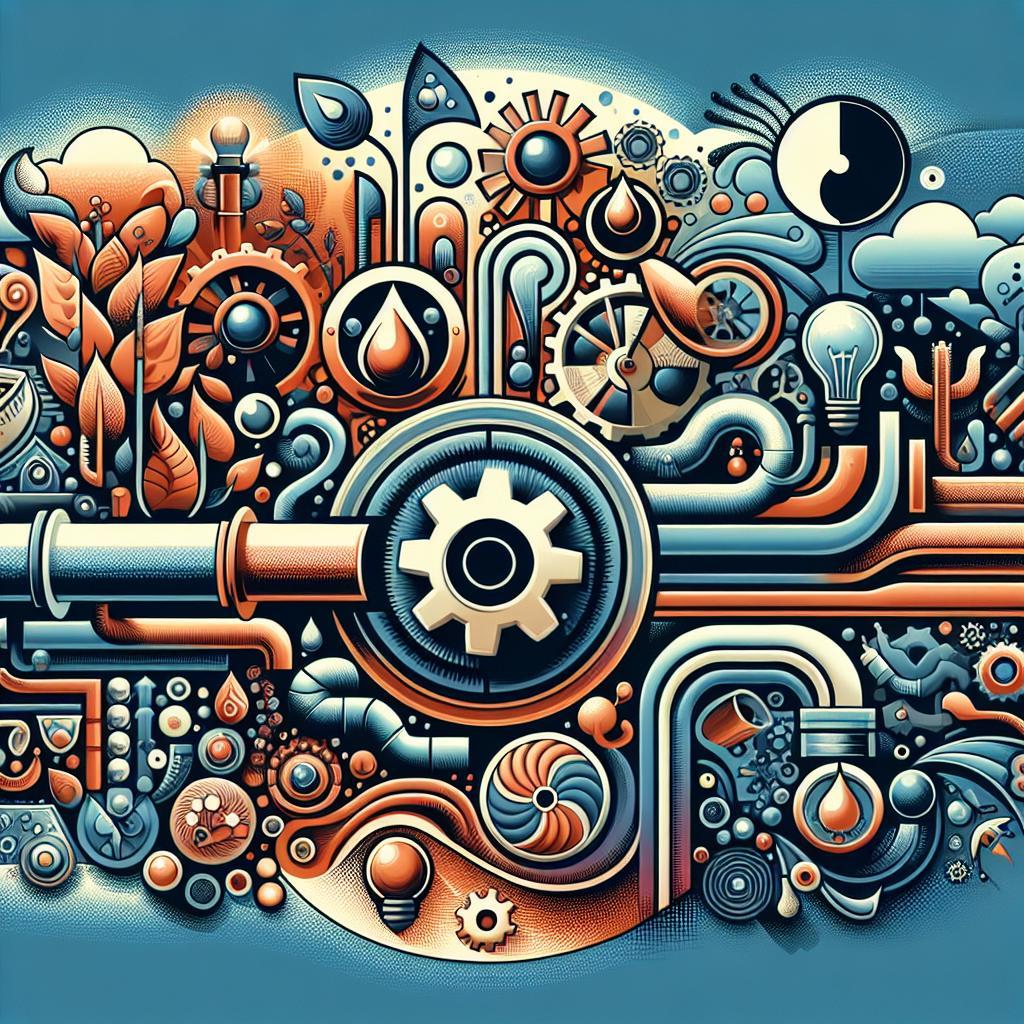This post may contain affiliate links which means I may receive a commission for purchases made through links. Learn more on my Private Policy page.
When it comes to nurturing our gardens, farms, or landscapes, the right irrigation system can be the difference between a blossoming paradise and a parched patch of earth. Yet, while many people focus on sprinklers and watering schedules, one vital piece of the puzzle often gets overlooked: the pipe material. Selecting the right pipe for your irrigation system is a decision that requires a bit of thought and know-how, much like picking the perfect seeds for your garden. With a variety of options in the market—each with their own unique strengths and weaknesses—your choice can substantially impact the efficiency, durability, and overall health of your watering setup. So, grab a cup of your favourite beverage, roll up your sleeves, and join us on this kind exploration of how to select the ideal pipe material for your irrigation system.Let’s dig into the details and help your plants thrive!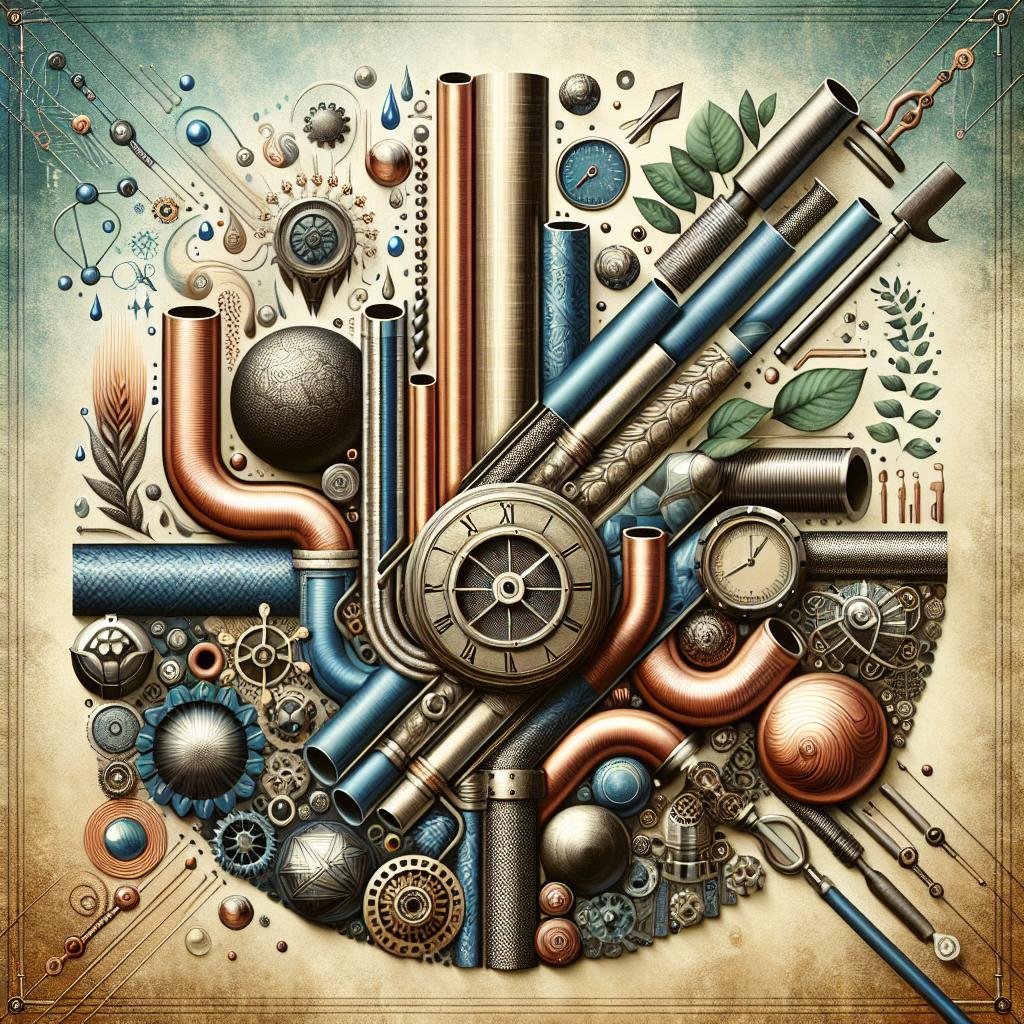
Choosing the Perfect Pipe Material for Longevity and Durability
When it comes to constructing an irrigation system that can withstand the test of time, the choice of pipe material plays a crucial role. Various options are available, each with its unique benefits. Consider the following popular materials:
- PVC (Polyvinyl Chloride) – Lightweight, resistant to corrosion, and cost-effective.
- HDPE (High-Density Polyethylene) – Offers excellent flexibility and durability,ideal for areas with ground movement.
- PE (Polyethylene) – Great for low-pressure systems, particularly in agricultural settings.
- Metal (e.g., Copper, Galvanized Steel) – Extremely long-lasting and strong but may be prone to corrosion.
To gauge the longevity and durability of these materials, it’s essential to look at factors like resistance to UV light, temperature fluctuations, and chemicals in the soil. Here’s a quick comparison to help you make an informed decision:
| Material | Durability | Corrosion Resistance | Cost |
|---|---|---|---|
| PVC | Moderate | High | Low |
| HDPE | High | very High | Medium |
| PE | Moderate | High | Low |
| Metal | Very High | Low | High |
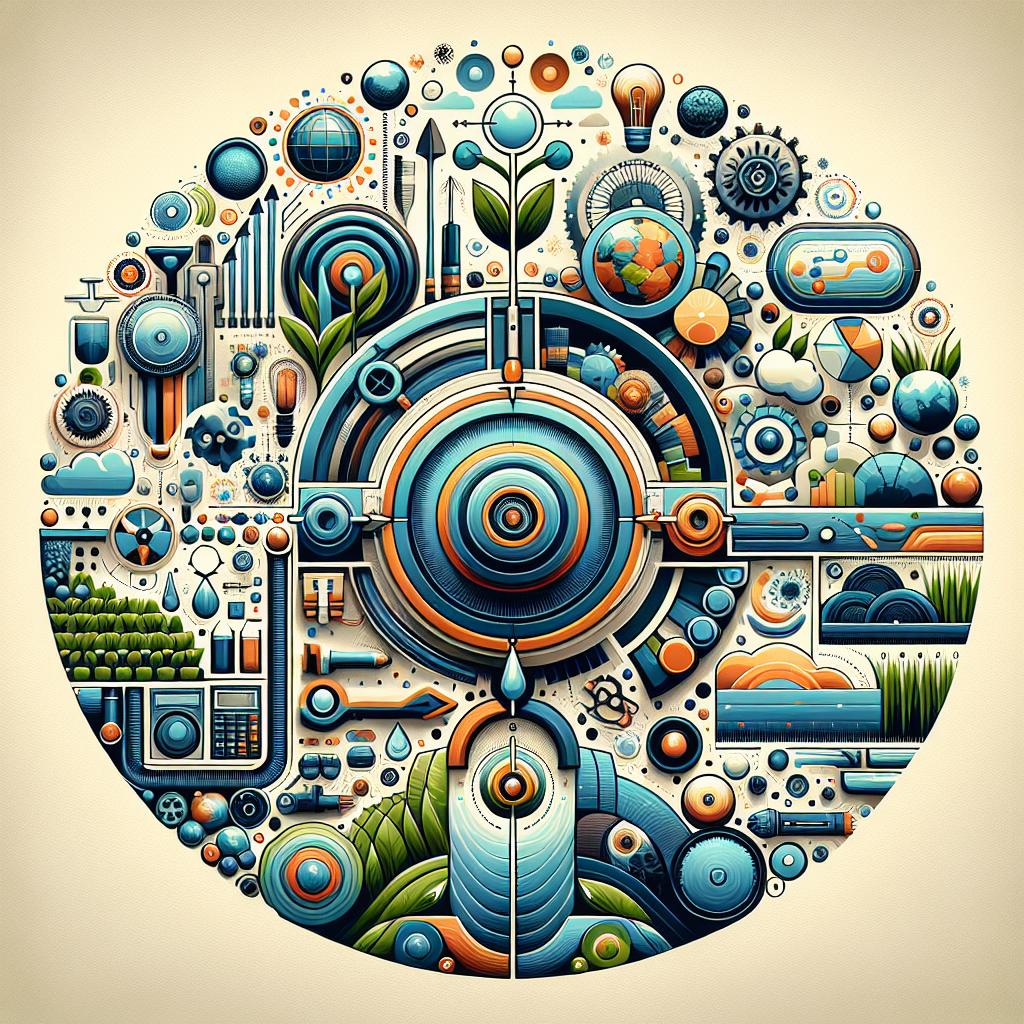
Understanding the Unique Needs of Your Irrigation System
When designing an irrigation system, it’s essential to recognize that each agricultural environment has distinct requirements that directly influence pipe material selection. Factors such as soil composition,climate conditions,and water quality play pivotal roles in determining the best pipe material for your needs. For instance,sandy soils may necessitate materials that resist corrosion and can handle fluctuating moisture levels,while clay soils might demand more robust options to endure the weight and pressure of the earth. Understanding these parameters can ensure that your irrigation system operates efficiently and lasts for years.
Moreover, considering the type of crops you’re watering is just as crucial. Different plants have varying irrigation needs, which could impact the choice of pipe material. It’s beneficial to evaluate temperature resilience, pressure handling, and chemical resistance of potential materials against your specific crop watering requirements. Below is a simple overview of popular irrigation pipe materials and their suitability:
| Pipe material | Best for | Advantages |
|---|---|---|
| PVC | General garden use | Lightweight, cost-effective, corrosion-resistant |
| HDPE | Agricultural applications | Flexible, high pressure handling |
| Metal (Aluminum) | High-pressure systems | Durable, robust, resistant to damage |
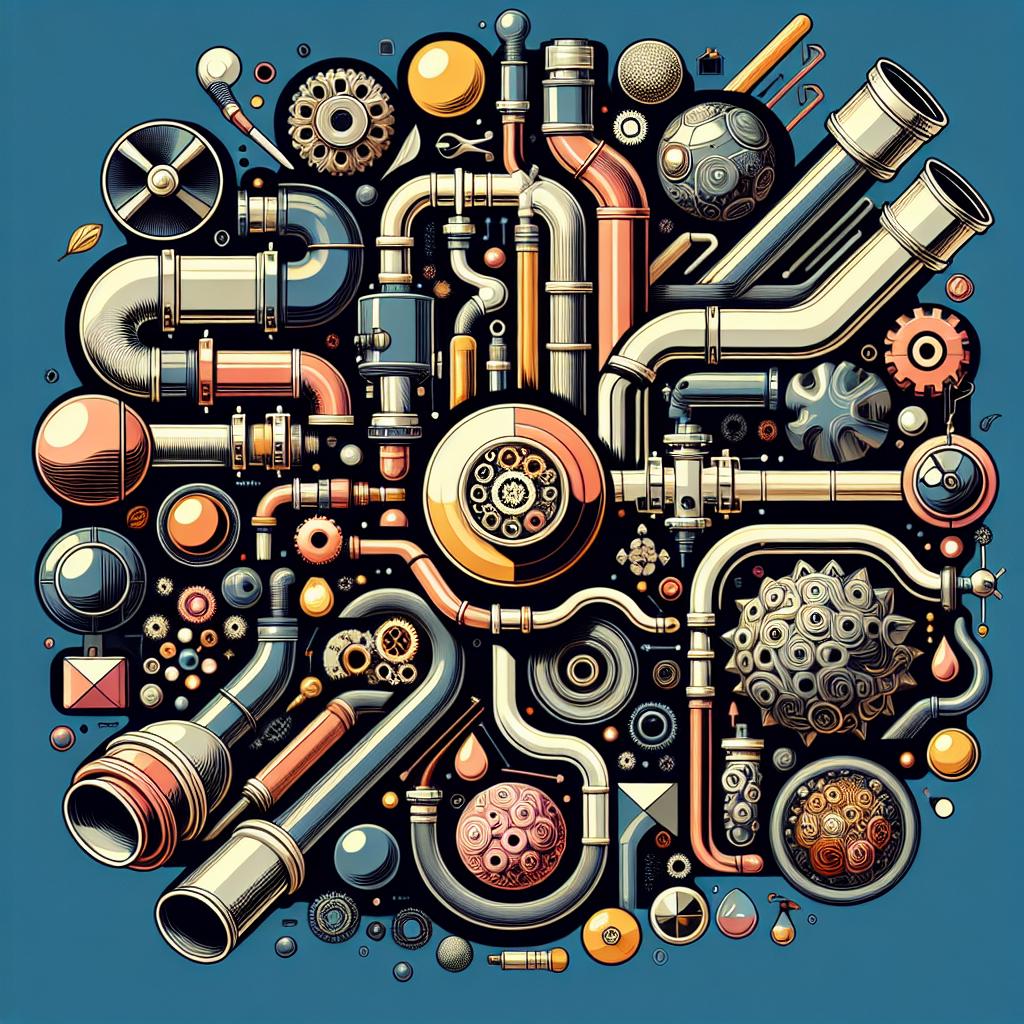
Comparative Guide: Pros and Cons of common Pipe materials
When choosing a pipe material for your irrigation system, it’s essential to weigh the benefits and drawbacks of each option. PVC pipes are widely favored due to their lightweight and resistance to corrosion, making them a cost-effective choice. They are easy to install and suitable for a variety of applications; though, they can become brittle in extreme temperatures. Conversely, polyethylene (PE) offers superior flexibility and is often used in areas with varying terrain. Yet,while PE pipes resist cracking,they can be more prone to UV damage if not adequately protected.Other materials like metal pipes—frequently enough regarded as long-lasting—come with the downside of rust and higher installation costs.
For those considering cast iron, this sturdy option provides excellent durability but can incur critically important transportation and installation costs. Composite pipes, composed of multiple materials, merge the best features of various types, enhancing longevity and resistance but can sometimes sacrifice affordability. It’s crucial to consider how stresses like pressure, soil conditions, and local climate will affect the longevity and performance of the pipe materials you choose. Below is a table summarizing these materials’ key attributes:
| Pipe Material | Pros | Cons |
|---|---|---|
| PVC | Lightweight, Corrosion-resistant, Cost-effective | Brittle in extreme temperatures |
| Polyethylene | Flexible, UV resistant | Can suffer from UV exposure |
| Cast iron | Highly durable | Heavy & expensive installation |
| Composite | Durability & resistance | Costlier than basic materials |
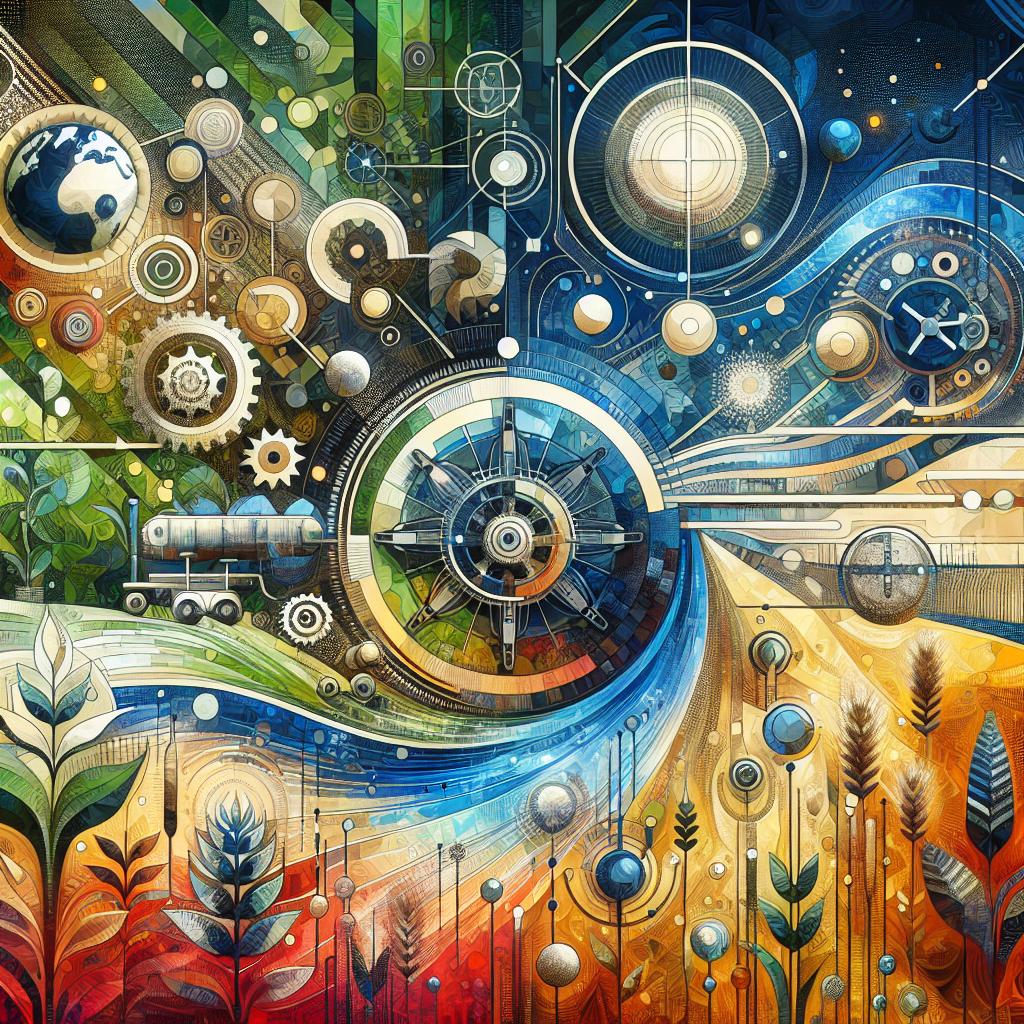
Making the Best Choice: expert tips for Sustainable Irrigation Solutions
When selecting the ideal pipe material for your irrigation system, consider several factors that affect both performance and sustainability.PVC (Polyvinyl Chloride) is a popular choice due to its versatility and durability, making it suitable for various soil types and climates. HDPE (High-Density polyethylene) offers excellent resistance to chemicals and physical stress, making it ideal for long-term installations. Additionally, galvanized Steel can be a robust option for high-pressure systems, but it may require more maintenance to prevent rust over time. Assessing your specific needs and environmental conditions will guide you in making the best selection.
Another crucial aspect to consider is the pipe’s lifetime carbon footprint and recyclability. Materials like PVC and HDPE are highly recyclable and can be sourced from post-consumer waste, reducing the overall impact on the planet. To further aid your decision-making process, here’s a quick comparison of common pipe materials:
| Material | Durability | Cost | Recyclability |
|---|---|---|---|
| PVC | High | Low | Yes |
| HDPE | Very High | Moderate | Yes |
| Galvanized Steel | High | High | Limited |
In Retrospect
As you embark on your irrigation journey, remember that selecting the right pipe material is akin to choosing the perfect partner for a dance—it’s all about compatibility, stability, and longevity. With PVC, CPVC, polyethylene, and other materials at your disposal, you have the tools needed to build a robust and efficient irrigation system that can withstand the test of time and weather.
Take the time to match the needs of your landscape with the unique properties of each pipe type. A little research goes a long way in ensuring that your plants thrive, your water flows freely, and your investment pays off in a lush, vibrant garden.
So, roll up your sleeves, gather your supplies, and let your creativity flourish as you bring your irrigation dreams to life. After all, a thriving garden doesn’t just happen—it’s nurtured with care, planning, and the right materials. Happy watering! 🌱💧
This post may contain affiliate links which means I may receive a commission for purchases made through links. Learn more on my Private Policy page.

